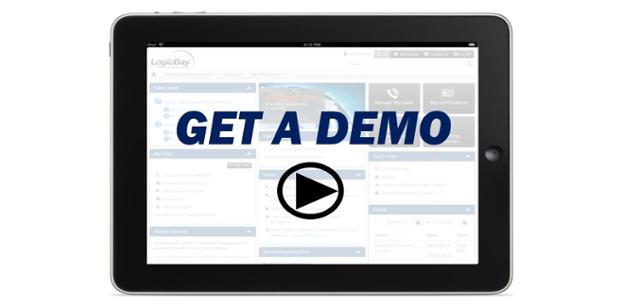While it was previously a task left largely to sales partners, today's vendors that sell through an indirect channel should be taking a much more active role in lead generation and management. It's one of those "everybody wins" scenarios. You are more in charge of increasing sales, while your partners get the one thing they value most: more qualified leads!
Of course, major changes to lead management strategies can be a serious challenge to any company which had previously been relying on their partners, especially established firms who've been in business for awhile. Nevertheless, there is little doubt that changes in buying behavior are impacting the traditional roles of vendor and channel partner.
No matter how you currently manage leads, understanding your strategy for lead generation is the first big step towards optimizing your processes. These six questions will help you assess your current state, while illustrating new opportunities for improvement.
1. Where do your leads come from today?
Get an overview of your current lead generation processes. Compile a list of all the various efforts being conducted, both by yourself and by your vendors. If you don't know the details on their lead-generation, it's well worth the effort to find out. Make note of who is responsible for these efforts at the organizational level.
This will be your starting point. Besides the obvious benefits an overview brings, it will also immediately show areas of overlap where consolidation and/or collaboration could reduce costs while improving efficiency.
2. How do leads currently flow through your sales channels?
If you already have software tracking this, it should be easy to understand the flow of leads through your system. If you're still mostly using spreadsheets or static databases, you may need to do a little legwork to understand the journey a lead undergoes before it becomes a sale.
This is critical since, of course, each lead is a real person who is trying to do their job in the most effective way possible. Understanding the lead flow allows you to optimize it, and look for ways to minimize the number of touches/contacts a lead engages in before converting.
3. How are leads registered, rated, and approved?
This should be easy to figure out, after doing the legwork on Questions 1 and 2. Focus especially on the process by which each lead is evaluated or rated for their likelihood to convert. Many companies lose huge amounts of time and money chasing after poorly-qualified leads, as well as potentially overlooking well-qualified prospects.
And if you or your partners currently don't have a system in place for rating leads, there may be no single element you could improve which would have a bigger positive effect on your conversions. Lead scoring is a crucial part of successful online marketing.
While individual salespeople often prize their autonomy, they shouldn't be left entirely to their own devices. A well-optimized lead conversion system needs review processes in place which oversee customer contacts and look for areas of improvement. At the very least, randomly-selected spot checking should be deployed to ensure lead contacts are conducted up to your standards.
4. Who has responsibility for the flow of the current process?
Major systemic changes can't be made without the involvement and (hopefully) enthusiastic cooperation of the managers responsible for those systems. Learn who - both in your company and your partners - are overseeing leads, so you can work with them directly to improve your processes.
5. What methods do you use to ensure you are properly passing leads down to your partners?
For the leads that are generated at the manufacturer level, there needs to be a system in place that allows these leads to be quickly - end effectively - passed down to the right sales partner. Since most buyers are doing their own research to solve their business challenges, this provides the need for processes that allow those new contacts to be passed on to partners that can help close that business at the local level.
Beyond the obvious efficiency boosts this brings, it also helps create consistency in the experience your leads and customers have when interacting with your ecosystem. Companies don't get a reputation for great customer service unless every interaction is excellent.
6. How do you minimize and mitigate channel conflict?
Finally, take a step back and look to see how much competition there is between your own partners. While a good partner ecosystem will generally see a small amount of overlap\conflict when competing for leads, this should be kept to a minimum. Otherwise, they'll end up cannibalizing sales from each other, leading to inefficient marketing efforts and potentially even bad blood between partners.
At this point, you should have a good overview of your lead generation efforts, and plenty of actionable intel for creating a more cohesive system. If you are looking for more details on how a PRM system like ours can help, take a quick tour through the video below.

